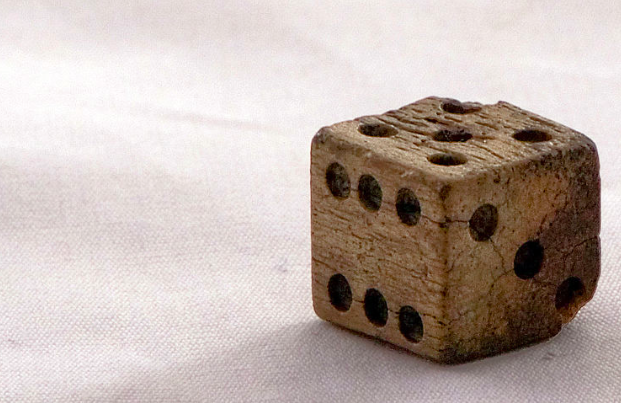

Persons with dementia often suffer from behavioral symptoms such as agitation and aggression. For the caregiver, these symptoms can be very distressing.
Consider the case of a daughter trying to take care of her mother. Daughter is doing her best, and after a long day of work, comes home to take care of her Mom, and help with her activities of daily living. While trying to help her mother bathe, Mom gets angry, swings her arm toward her daughter, and yells, “why do you always try to hurt me?” The daughter loves her Mom, but stuff like this is often the breaking point that makes transfer to a nursing home necessary. And it is not like Mom’s agitation will be much better in the nursing home. Often, the nursing home will treat Mom with an antipsychotic drug. The drug will be marginally effective at best at improving the agitation, and will also increase the risk for stroke, heart attack, and death.
There has got to be a better way.
Well there is a better way. A MUST READ articlerecently published in the Journal of the American Geriatrics Society describes a pragmatic drug-free approach towards understanding and managing dementia behaviors. The approach is grounded a skilled and careful analysis of the behavior. The approach goes by the acronym DICE, and considers patient, caregiver, and environmental perspectives.
The 4 DICE components are:
Describe the Behavior: In our bathing example, a careful description would reveal that Mom gets verbally and physically aggressive at bath time. Mom seems uncomfortable, and says “it hurts.” The daughter wonders if Mom is doing this on purpose. She thinks it is important that she give Mom a bath every day.
Investigate to identify possible causes of the behavior: In our bathing example, one would discover that Mom has arthritis, but is not on any pain meds. Moving Mom’s arms and legs causes pain. Further investigation reveals that when Mom gets angry, the daughter gets angry and uses harsh, confrontational language. Daughter does not know that agitation and aggression are common in dementia. There are no grab bars in the bath which contributes to Mom’s fear. The daughter notes that Mom took daily baths all her life, and she feels it is her responsibility to keep things as normal as possible for Mom
Create a Management Plan: To continue our example, Mom might be prescribed acetaminophen an hour before bathing. The daughter would learn that aggressive behaviors in dementia are not intentional. She could be taught to respond in a calm voice, learn how gentle touches might reassure her mother, and avoid sudden movements. A new normal routine could be established that may allow for bathing several times a week, and explore possibilities such as sponge baths.
Evaluate: After these steps are tried, one can work with the daughter to see which steps are working, and make refinements as needed.
This is the kind of practical stuff that is not taught in medical school or residency. Also, these are the types of high caring, time consuming interventions that may be hard to implement in most office practices. Kind of a shame that there is much more profit in doing scans and procedures on dementia patients than on actually doing interventions such as DICE that will really help the patient and caregiver. But a clinician that learns the DICE approach will gain a lot of satisfaction from making a big difference for their patients and those who care for them.
by: Ken Covinsky (@geri_doc)



